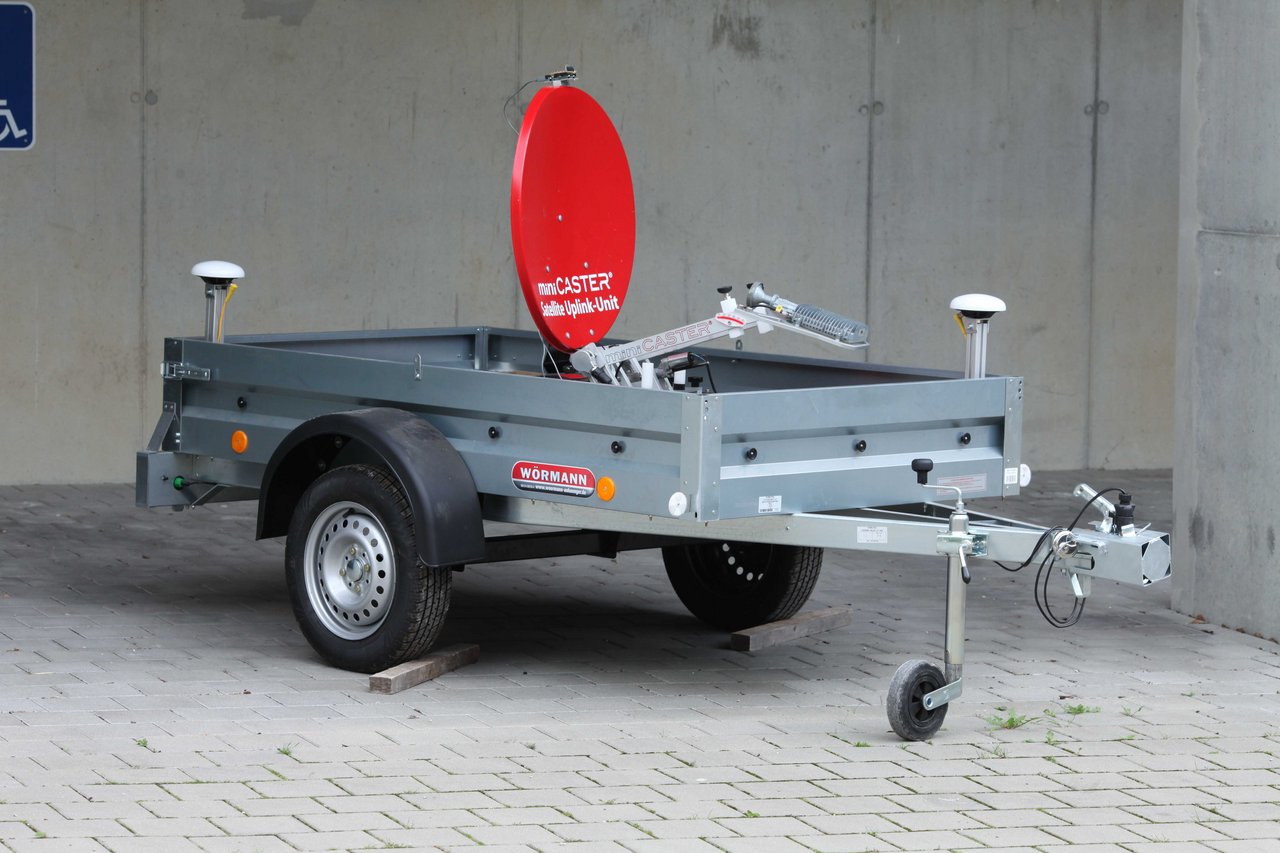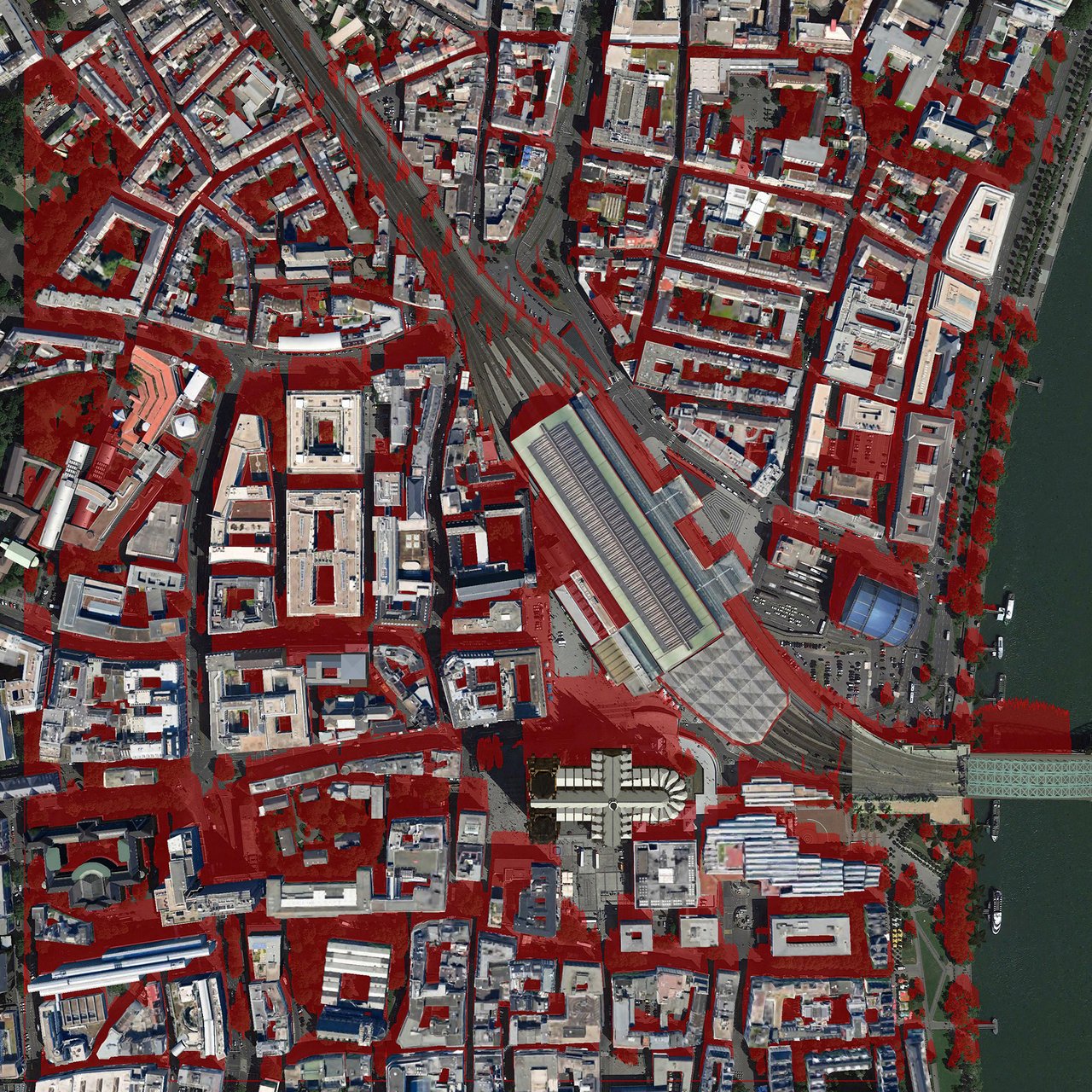Contact: Nicolas Zunhammer
For a real application, the time required to establish a communication link is a critical factor. For this purpose, the antenna should automatically extend and connect to the satellite within a few minutes without the need for additional staff. To do this, the location, position, time and weather conditions during the mission must be taken into account in order to align with the satellite.
During the Copka project, cost-effective hardware and an expensive reference system based on a dual GPS receiver and an accurate inclinometer will be tested for fast antenna alignment. The aim is to quantify the sensors so that robust sensor fusion algorithms can be explored. This is done by field tests with the mobile communication laboratory built for this purpose (see figure). The aim is to ensure reliable alignment with as few essential sensors as possible. Sources of problems include tram rails, which interfere with magnetic sensors, or canyons where GPS cannot determine the exact position.

In addition, satellite communication only works if there is a visible link between the satellite and the satellite antenna. For this purpose , the satellite's accessibility will be calculated on the basis of geographical elevation profiles with a resolution of ≤ 1m. This map helps the fire brigade to place the vehicles in order to guarantee a connection between the emergency vehicle and the control centre.

Contact: Maximilian Prexl
The transmission of video data (video stream) and their combination from different data sources is an important and central component of the CopKa project. Different video data sources (video channels), such as the mounted camera on a Copter, a camera on an emergency vehicle or a helmet camera from the emergency services, are to be combined and transmitted via satellite to the rescue control centre. The transmission of video data is a well-known and familiar area of the television and media industry. The new and innovative technologies in this sector are to be evaluated and further developed for their intended use in the CopKa project. TV1.EU with its expertise in these areas offers the necessary support for this project.